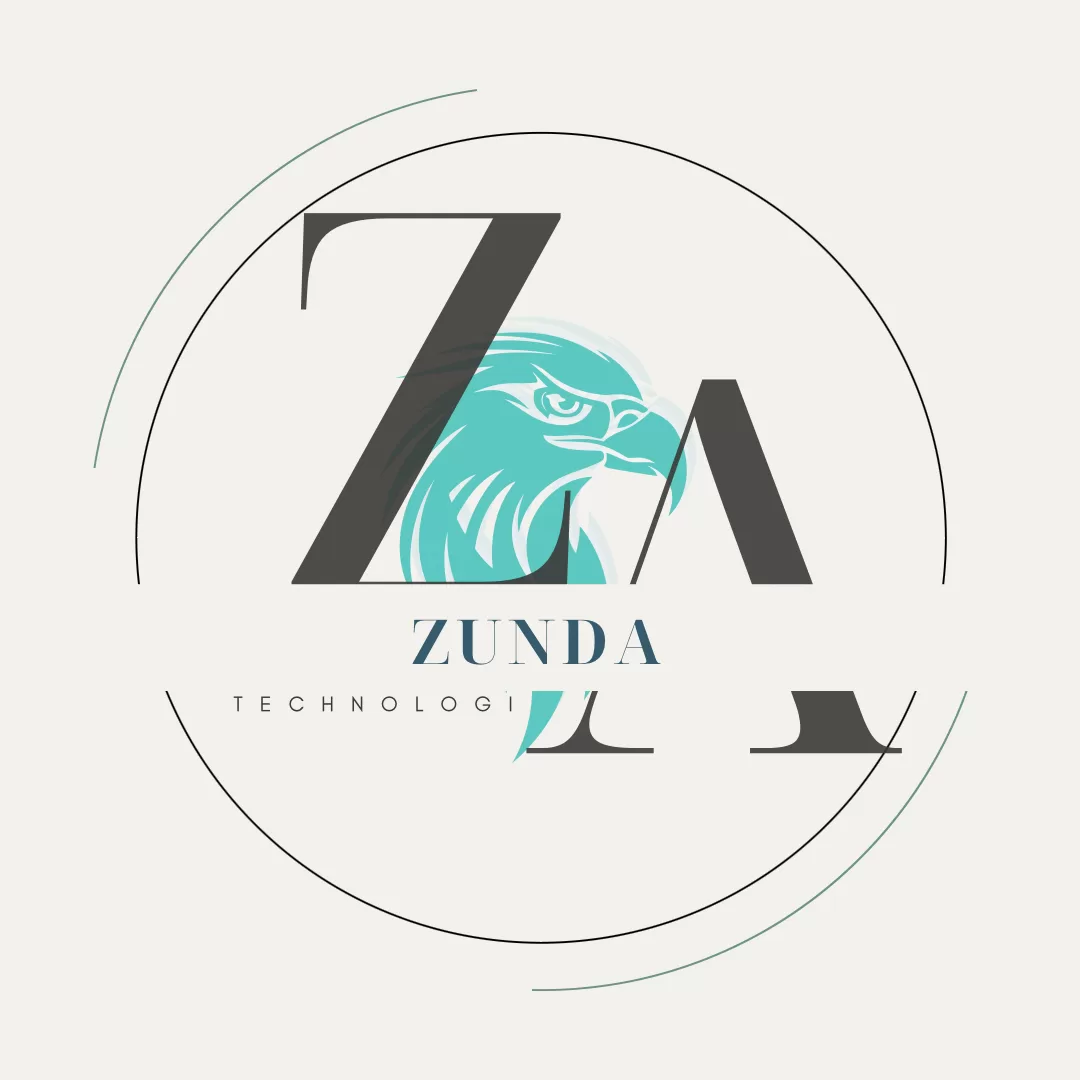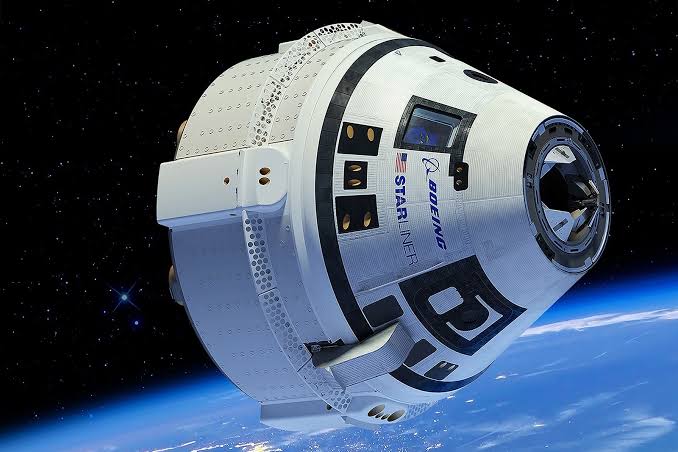Boeing’s Starliner Mission
Boeing’s Starliner is a spacecraft developed to transport astronauts to and from the International Space Station (ISS) as part of NASA’s Commercial Crew Program. Here are some key details about the mission and its significance:
Mission Overview
- Objective: The primary goal of the Starliner mission is to provide safe, reliable, and cost-effective transportation for astronauts to the ISS and back to Earth.
- Design: Starliner is designed to carry up to seven crew members to low Earth orbit. For NASA missions, it typically carries four astronauts and can remain docked to the ISS for up to seven months.
- Autonomous Capabilities: The spacecraft is equipped with autonomous reentry and landing operations, which means it can return to Earth without manual input from astronauts.
Recent Developments
- Crew Flight Test (CFT): The most recent mission, known as the Crew Flight Test, faced challenges, including thruster failures and helium leaks. As a result, the spacecraft will return to Earth without its crew, who will remain on the ISS and return later on a SpaceX Dragon capsule.
- Return Schedule: The uncrewed Starliner is scheduled to undock from the ISS on September 6, 2024, and land in New Mexico’s White Sands Space Harbor.
Boeing’s Vision
Boeing’s vision for the Starliner and its broader space initiatives is to advance human space exploration and support sustainable operations in low Earth orbit. Here are some key aspects of their vision:
- Commercial Space Industry: Boeing aims to demonstrate that multiple companies can successfully operate in the commercial space industry, providing NASA with confidence in the industry’s ability to support missions in Earth’s orbit while the agency focuses on future missions to the Moon and beyond.
- Innovation and Safety: Boeing is committed to resolving the technical issues faced by the Starliner to ensure the highest safety standards for future crewed missions.
- Deep Space Exploration: As NASA’s prime contractor for the ISS, Boeing supports scientific experiments and technology research that benefit life on Earth and advance deep space exploration.
Boeing’s efforts with the Starliner are part of a broader strategy to maintain leadership in aerospace innovation and contribute to the future of human spaceflight.
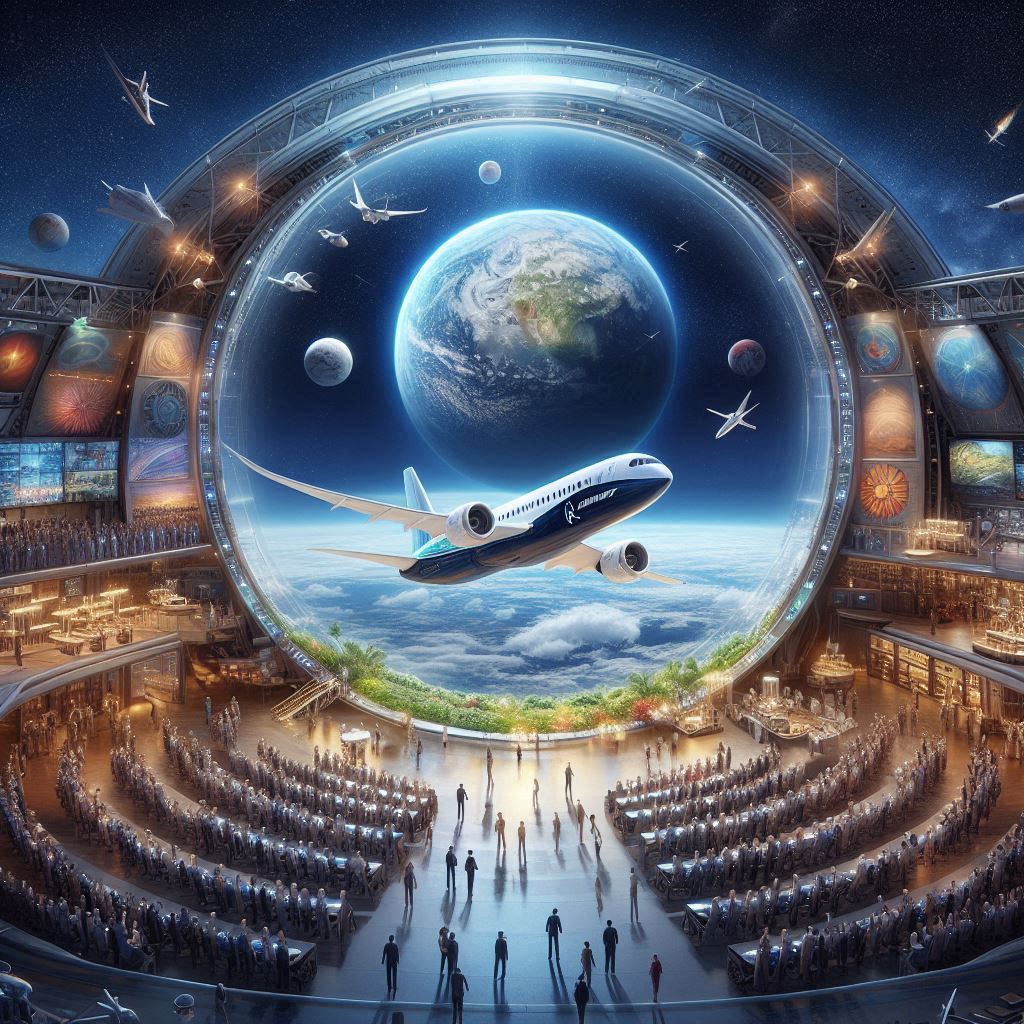
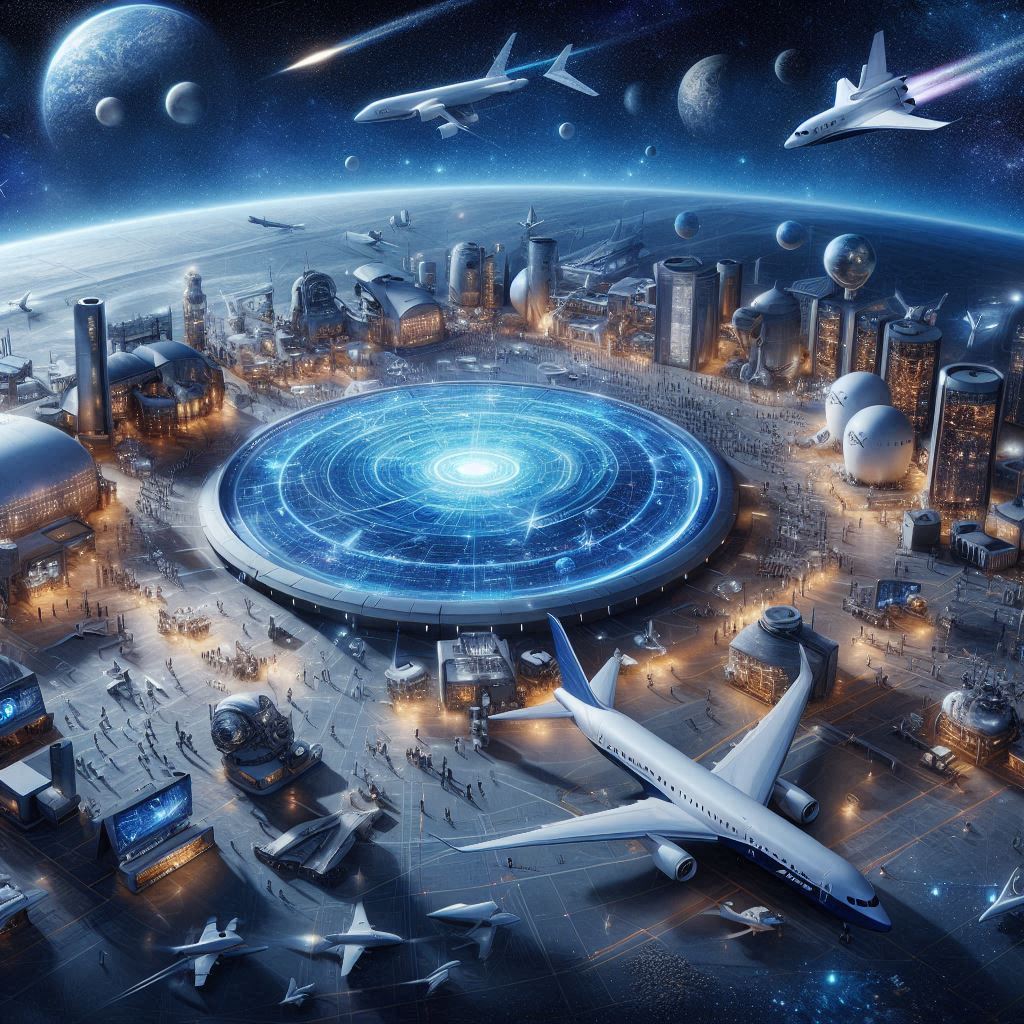
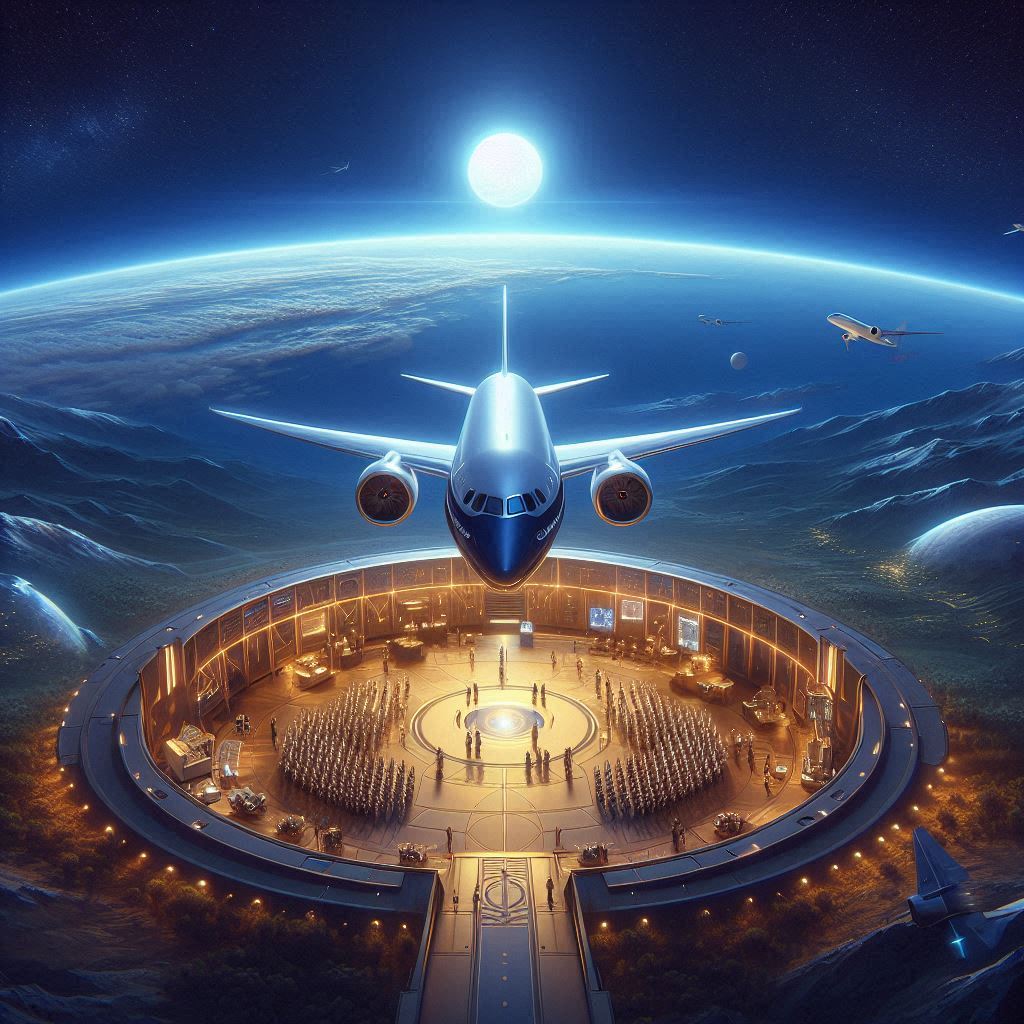
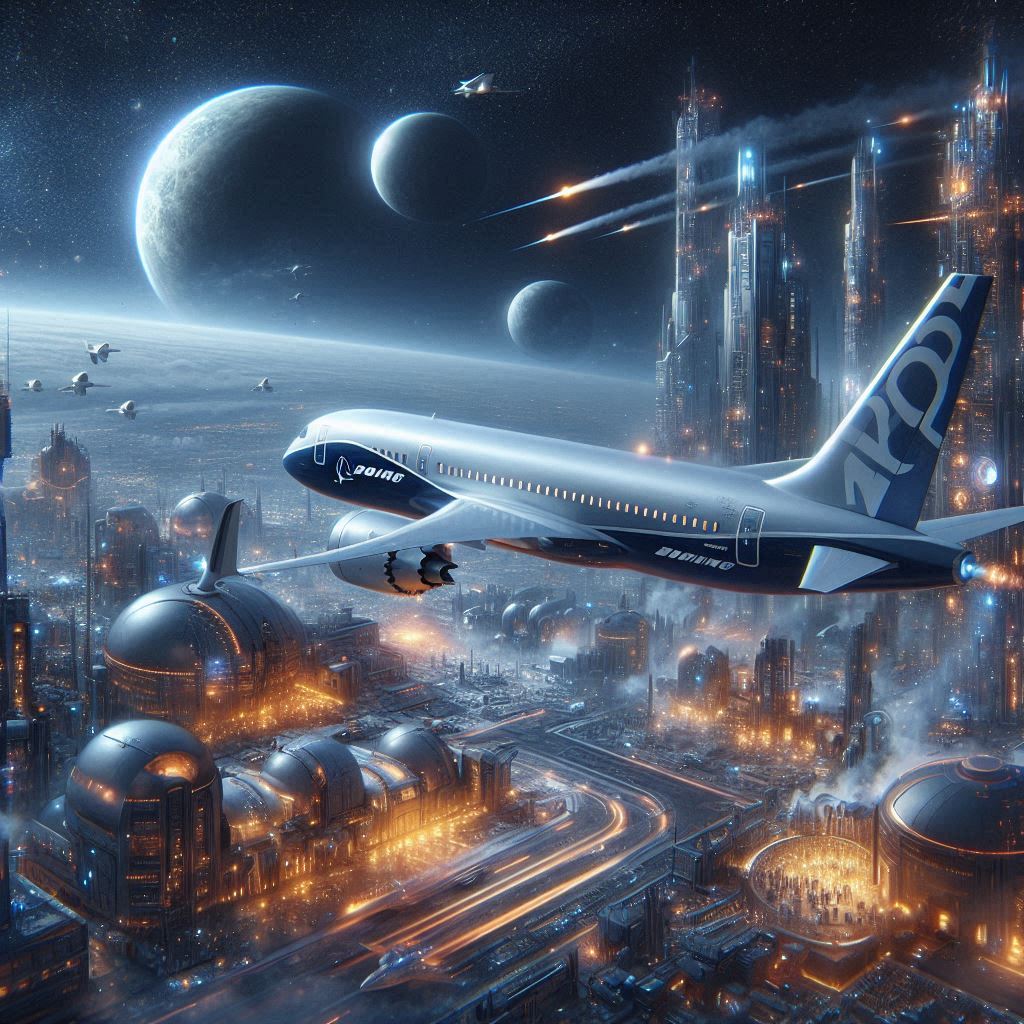
Key Features of Boeing’s Starliner
Boeing’s Starliner spacecraft is designed with several advanced features to ensure safe and efficient transportation of astronauts to and from the International Space Station (ISS). Here are some of its key features:
1. Crew Capacity
- Capacity: Can carry up to seven astronauts, though typically configured for four on NASA missions.
- Flexible Configuration: Can be adapted for different mission profiles, including cargo transport.
2. Autonomous Operations
- Autonomous Docking: Equipped with autonomous docking capabilities to connect with the ISS without manual intervention.
- Automated Reentry and Landing: Can autonomously reenter Earth’s atmosphere and land safely.
3. Safety Systems
- Launch Abort System: Designed to quickly propel the spacecraft away from the rocket in case of an emergency during launch.
- Redundant Systems: Multiple backup systems to ensure mission success even if primary systems fail.
4. Reusability
- Reusable Design: Built to be reused up to ten times, reducing the cost of missions.
- Service Module: Contains propulsion and power systems, which are replaced after each mission.
5. Landing Capabilities
- Land-Based Landing: Unlike many other spacecraft that land in the ocean, Starliner is designed to land on solid ground, using parachutes and airbags to cushion the landing.
- Precision Landing: Can land within a few kilometers of the designated landing site.
6. Life Support Systems
- Environmental Control: Maintains a habitable environment for the crew, including temperature and humidity control.
- Waste Management: Advanced systems for managing waste and recycling air and water.
7. Compatibility
- Launch Vehicles: Compatible with multiple launch vehicles, including the Atlas V rocket.
- International Docking System Standard (IDSS): Uses a standardized docking system to interface with the ISS and other future space stations.
These features make the Starliner a versatile and reliable spacecraft for current and future missions, contributing to the advancement of human space exploration.
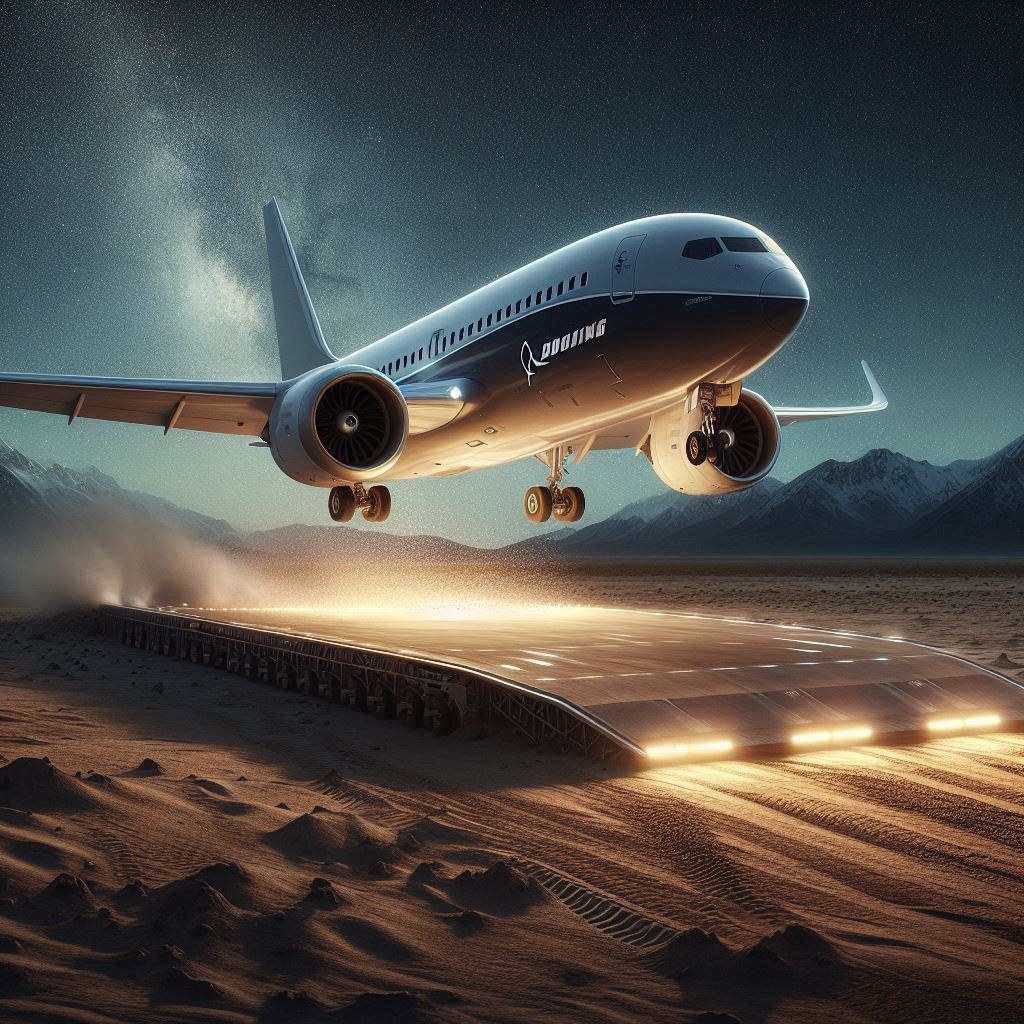
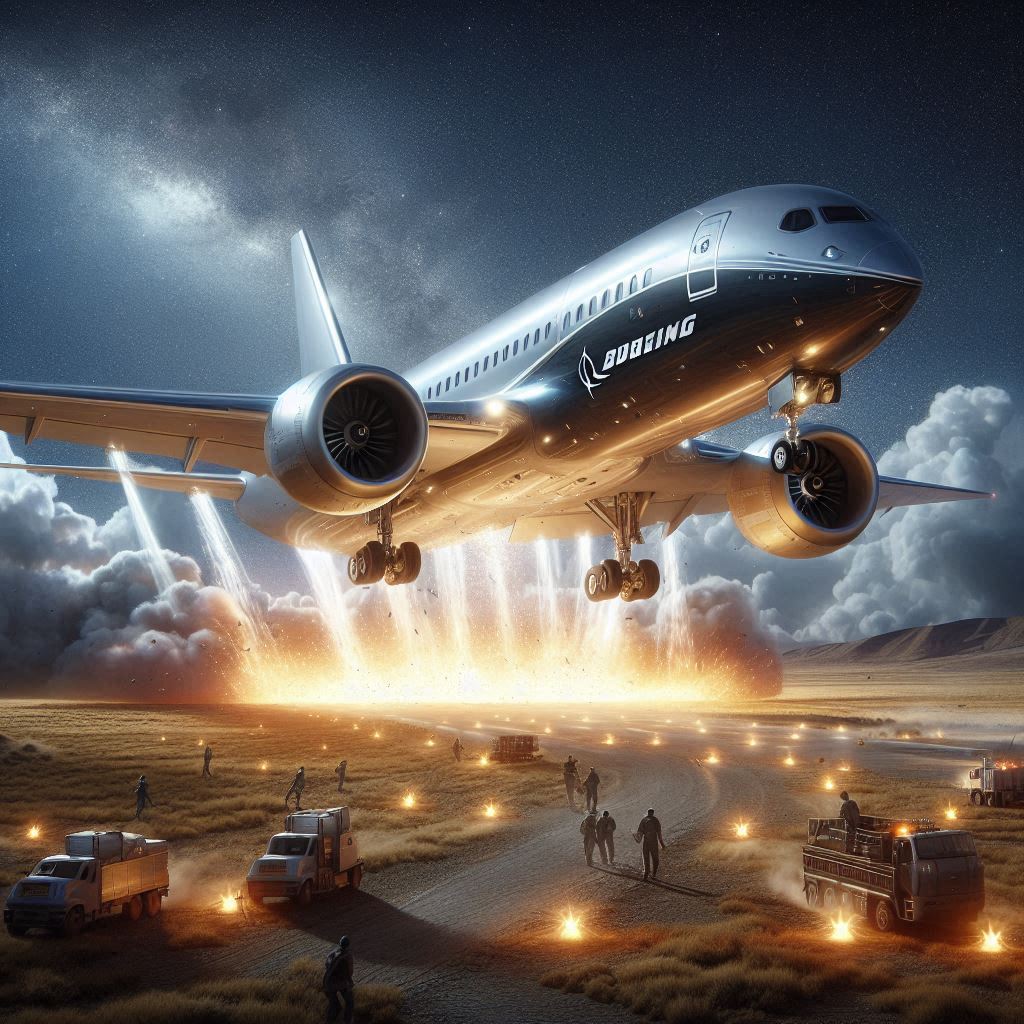
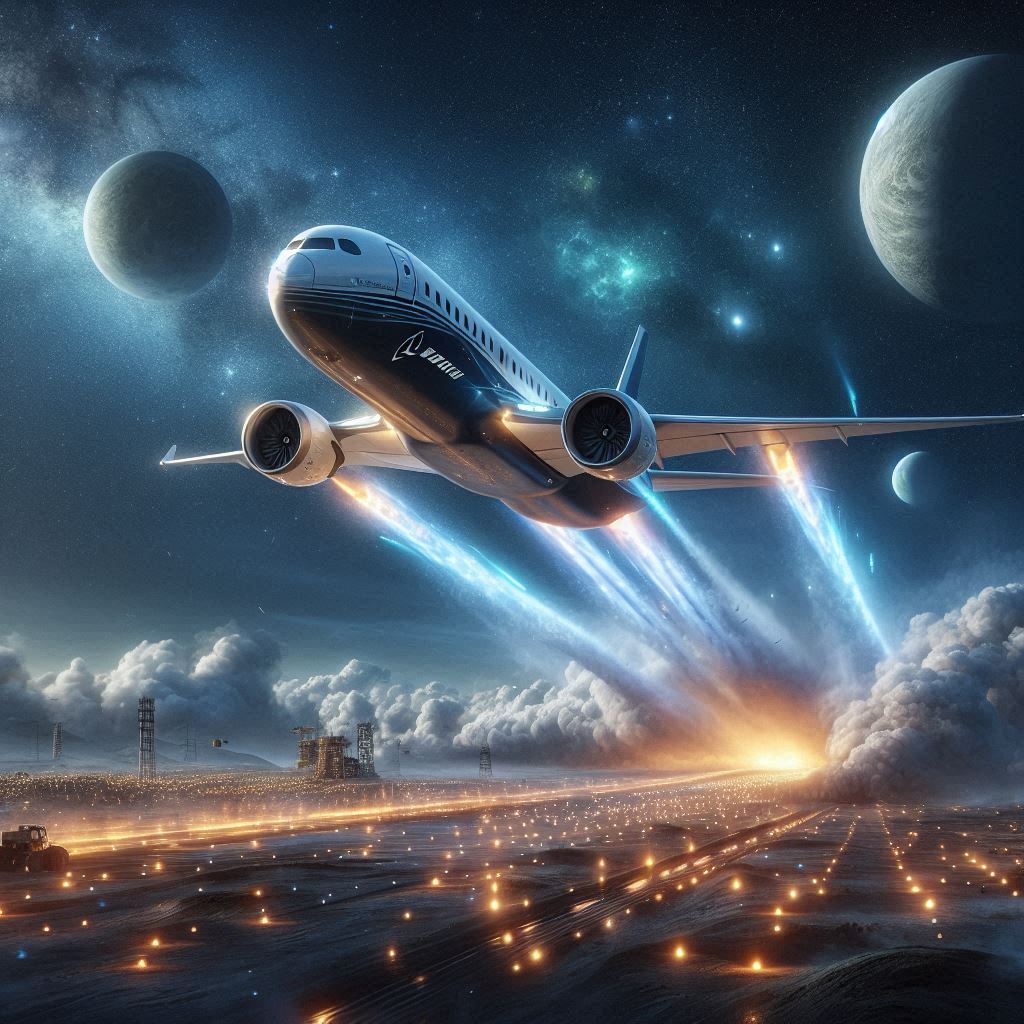
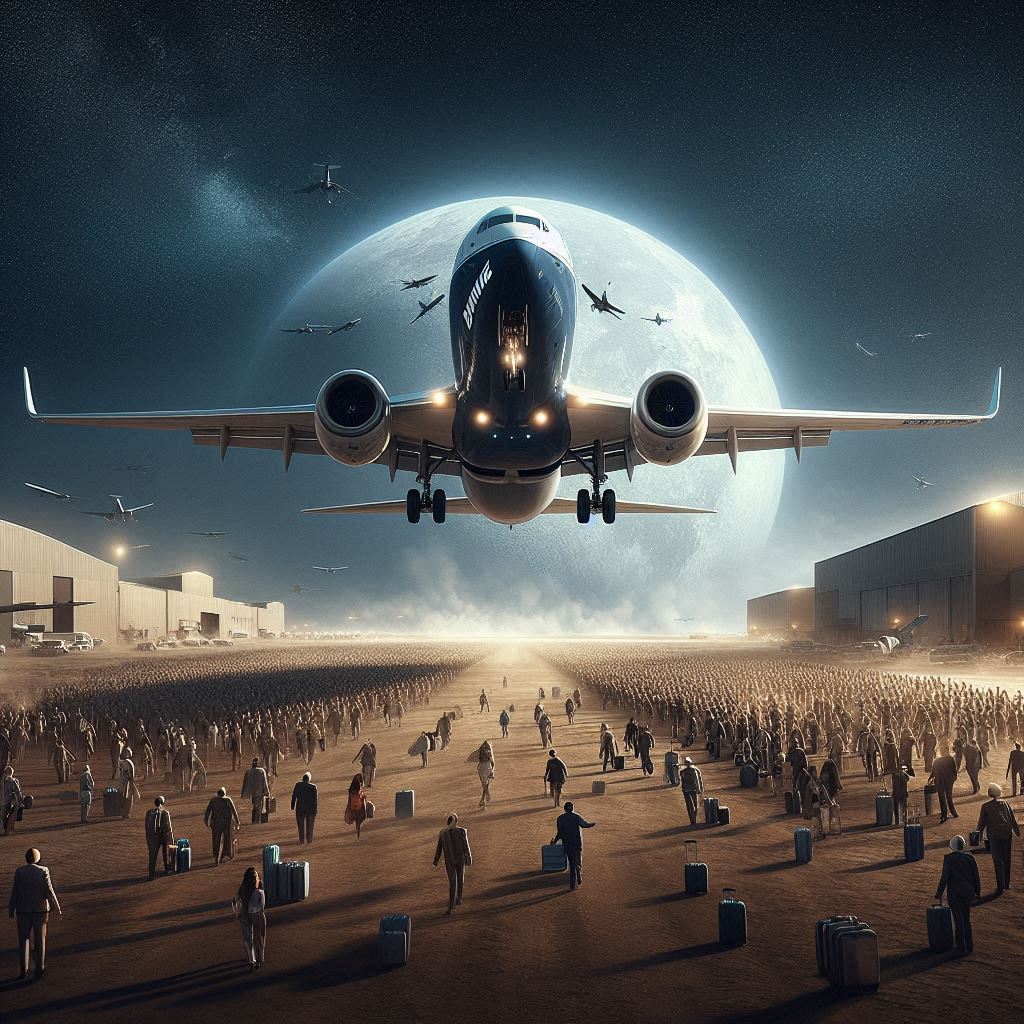
Boeing’s Starliner has encountered several challenges during its development and testing phases. Here are some of the key issues:
1. Orbital Flight Test-1 (OFT-1)
- Timing Anomaly: During the first uncrewed test flight in December 2019, a timing error caused the spacecraft to miss its intended orbit, preventing it from docking with the ISS.
- Software Issues: Multiple software glitches were identified, including a critical one that could have led to a catastrophic failure during reentry.
2. Orbital Flight Test-2 (OFT-2)
- Valve Problems: In August 2021, the OFT-2 mission was delayed due to issues with the spacecraft’s propulsion system valves, which were found to be stuck in the closed position.
- Launch Delays: The valve issue led to multiple delays, pushing the mission back by several months.
3. Crew Flight Test (CFT)
- Thruster Failures: During the Crew Flight Test, the Starliner experienced thruster failures, which raised concerns about its ability to safely maneuver in space.
- Helium Leaks: The spacecraft also encountered helium leaks, which further complicated the mission.
- Uncrewed Return: Due to these issues, the decision was made to return the Starliner to Earth without its crew, who remained on the ISS.
4. General Challenges
- Technical Hurdles: The development of a new spacecraft involves overcoming numerous technical challenges, including ensuring the reliability of all systems and components.
- Safety Concerns: Ensuring the highest safety standards for crewed missions has been a priority, leading to rigorous testing and troubleshooting.
Despite these challenges, Boeing continues to work on resolving these issues to ensure the Starliner meets all safety and performance requirements for future missions.
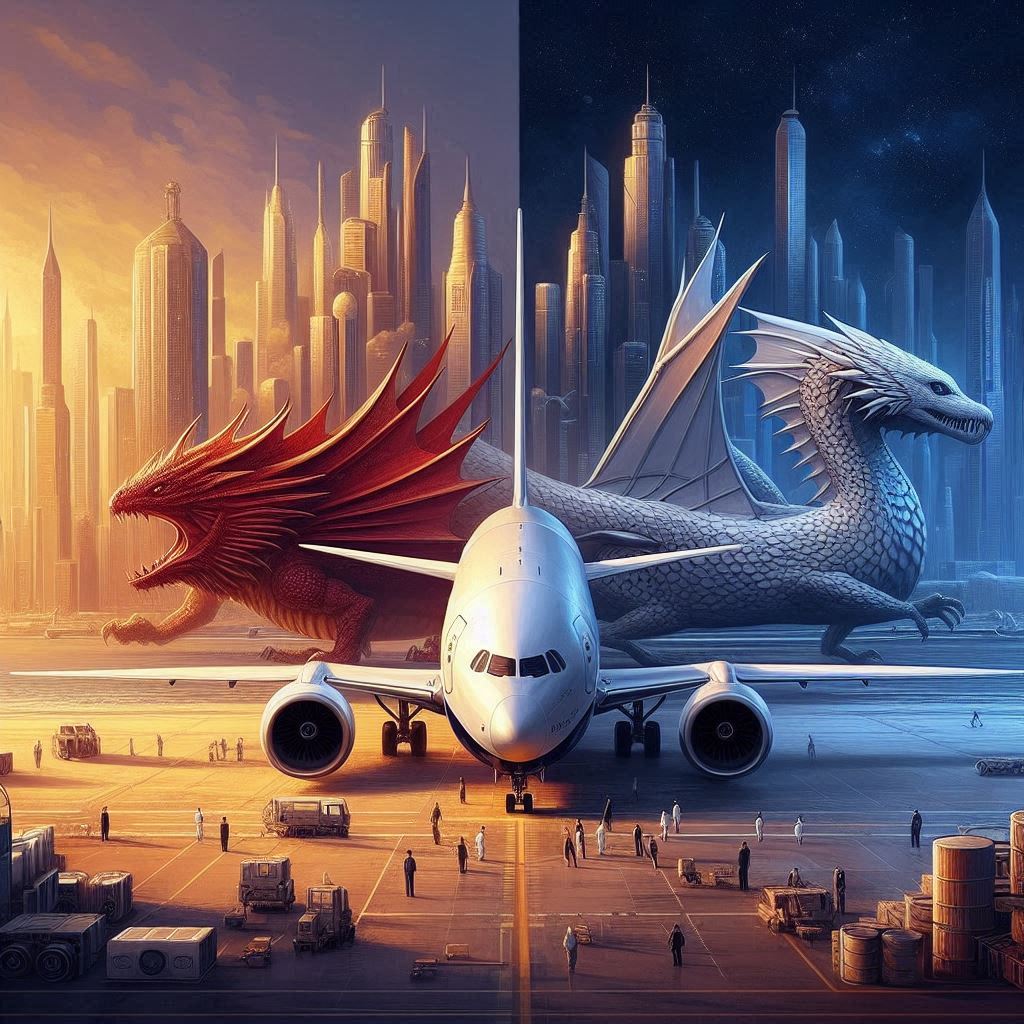
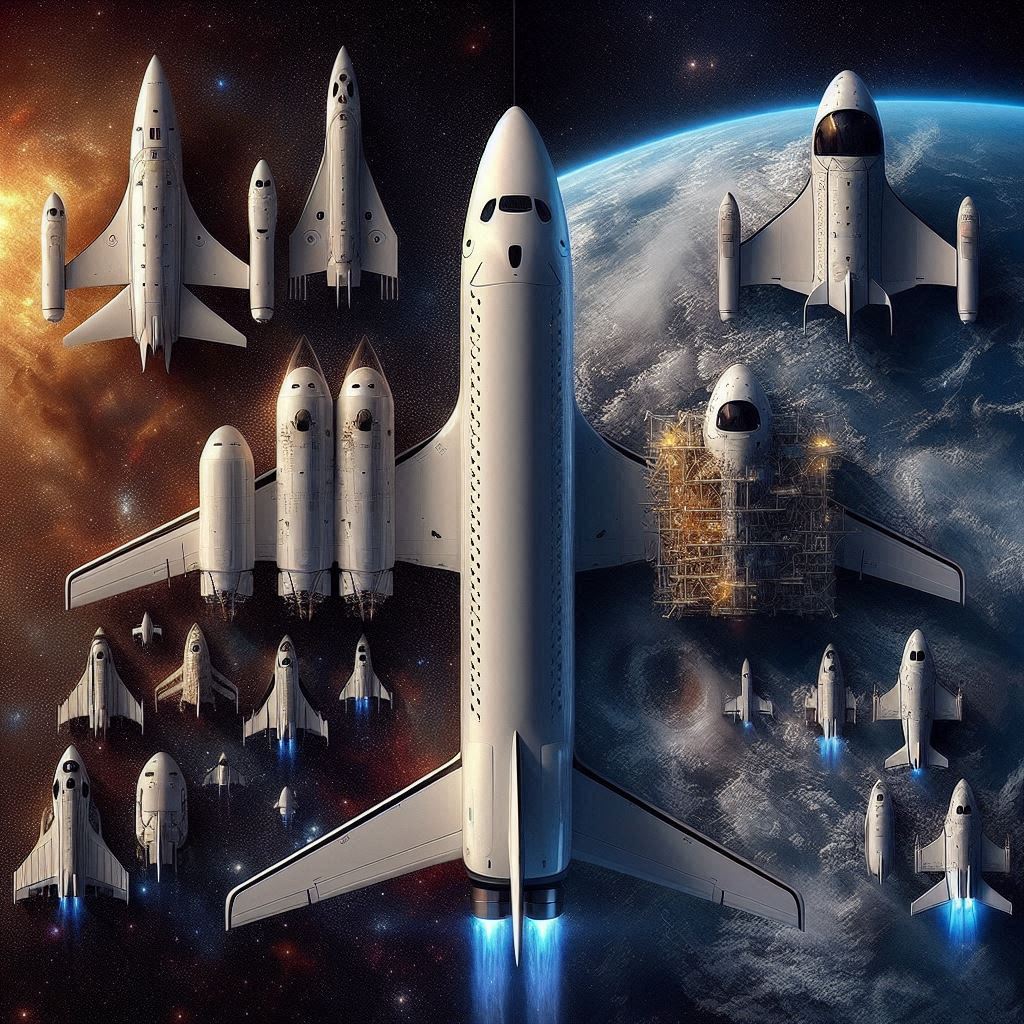
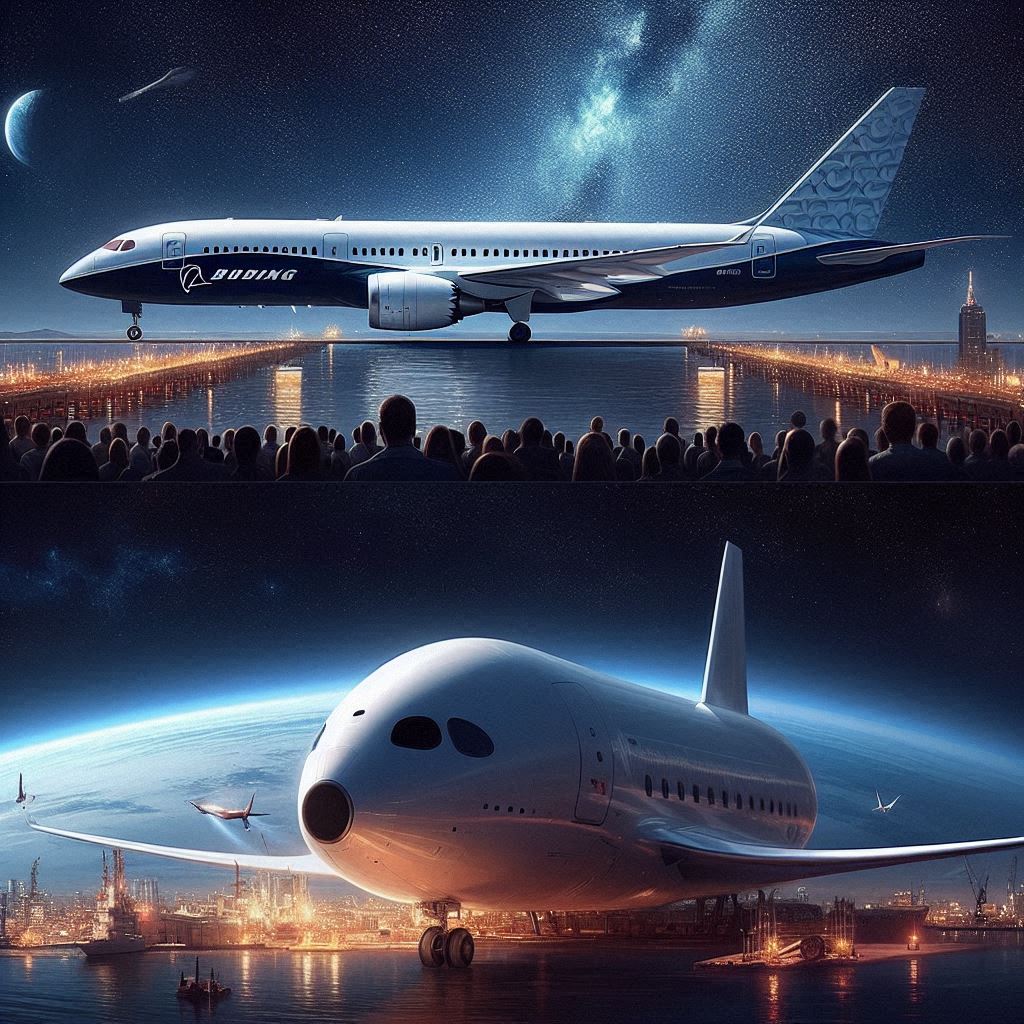
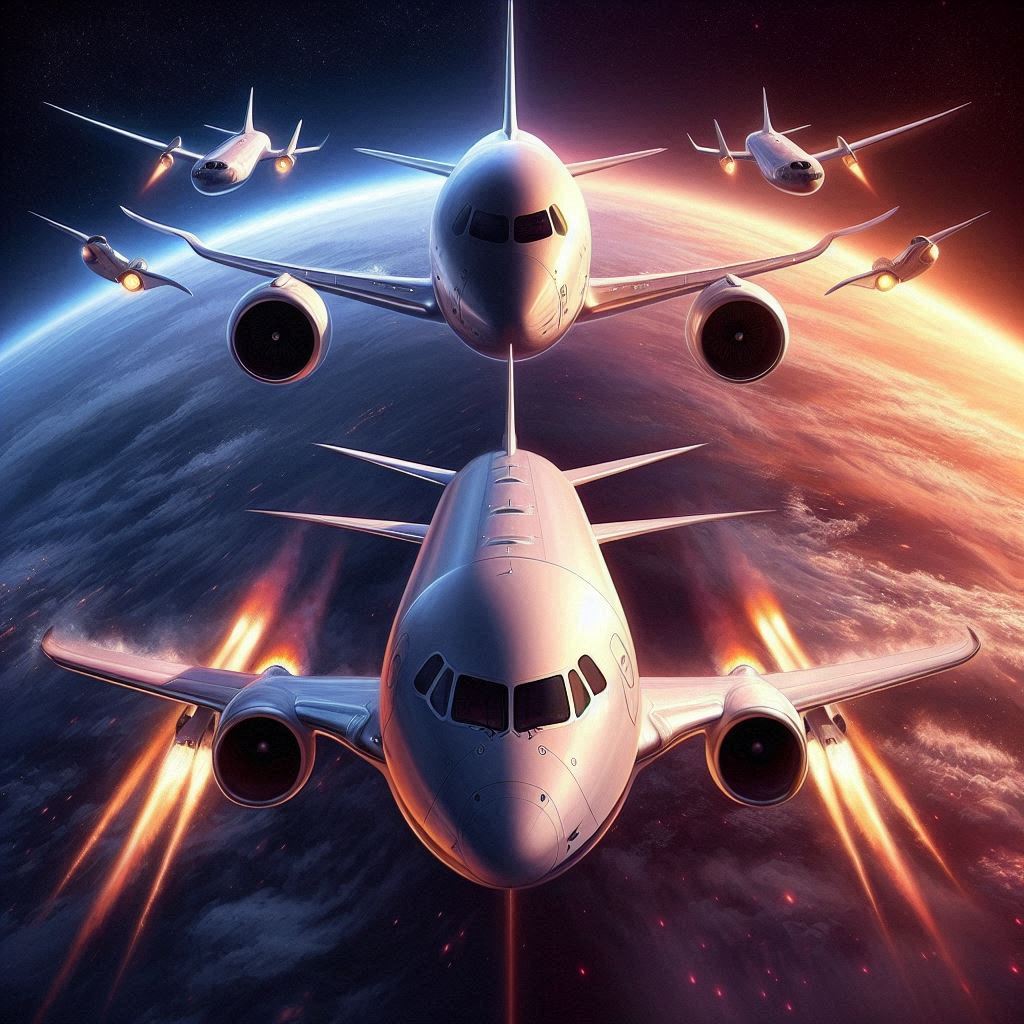
NASA has taken several steps to address the challenges faced by Boeing’s Starliner spacecraft:
1. Safety First Approach
- Uncrewed Return Decision: NASA decided to return the Starliner to Earth without its crew after identifying helium leaks and thruster issues during the Crew Flight Test. This decision was made to avoid unnecessary risks to the astronauts.
- Extended Stay for Astronauts: The astronauts who were supposed to return on Starliner will now stay on the ISS and return on a SpaceX Dragon capsule in February 2025.
2. Thorough Analysis and Testing
- Data Collection: NASA and Boeing have been gathering extensive data from the Starliner’s journey to the ISS and its docked operations.
- Independent Reviews: The teams have conducted independent reviews with propulsion experts to understand and resolve the issues.
3. Transparent Communication
- News Conferences: NASA has been transparent about the challenges and their responses, holding news conferences to update the public and media on the situation.
- Public Updates: Regular updates are provided through NASA’s website and social media channels to keep everyone informed about the progress and plans.
4. Future Plans
- Continued Testing: NASA plans to continue testing and improving the Starliner system based on the data collected during the uncrewed return.
- Focus on Safety: Ensuring the highest safety standards remains a core value for NASA, guiding all decisions related to the Starliner and other missions.
NASA’s proactive and transparent approach aims to ensure the safety of astronauts and the success of future missions.


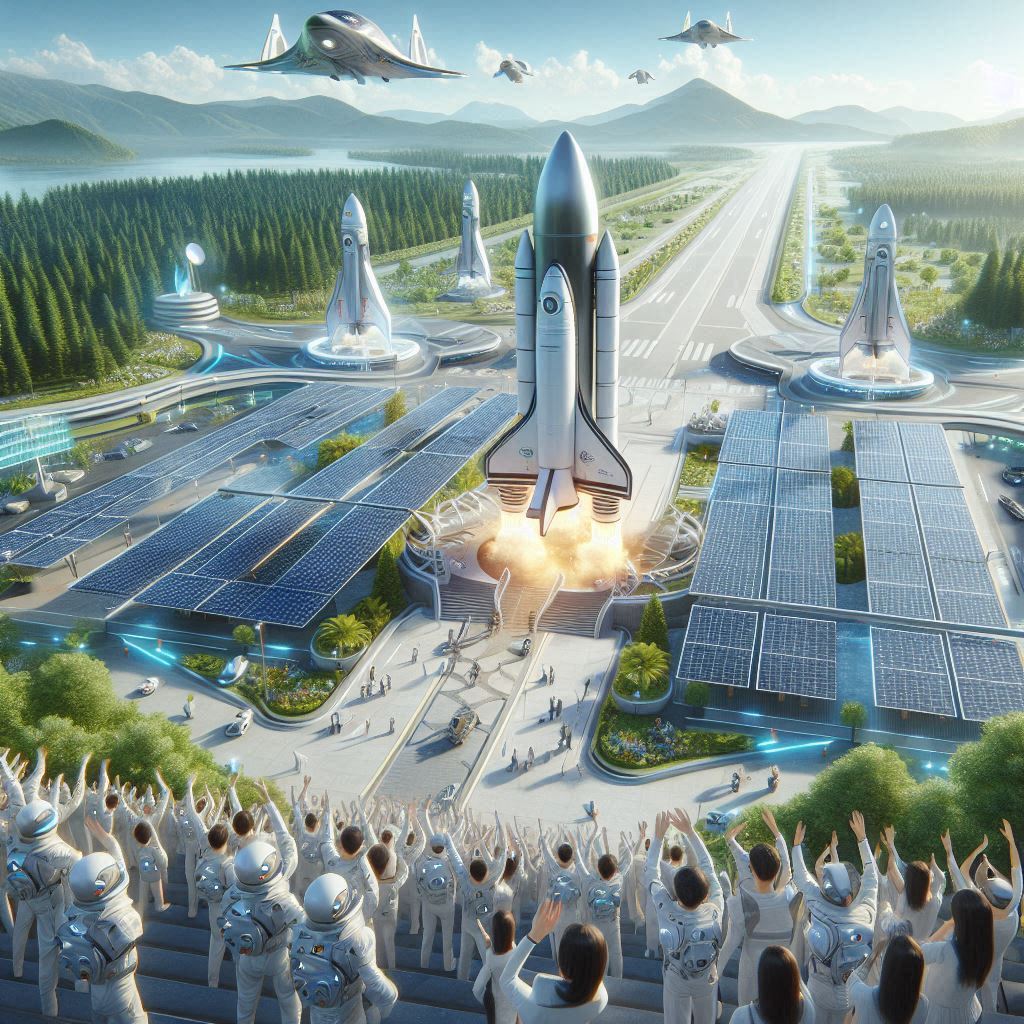
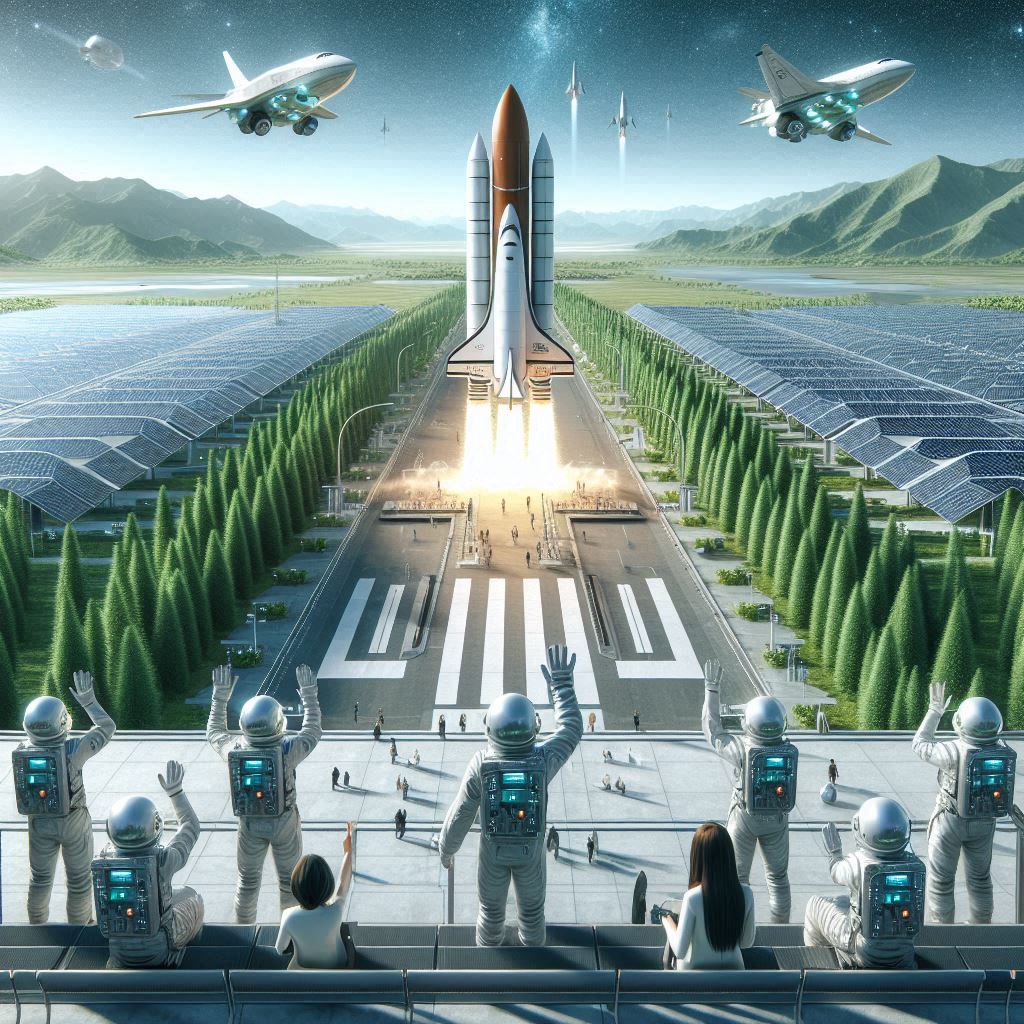
After resolving the current issues, Boeing and NASA have several key steps planned for the Starliner program:
1. Completion of Crew Flight Test (CFT)
- Uncrewed Return: The immediate next step is the safe return of the uncrewed Starliner from the ISS, scheduled for September 6, 2024.
- Data Analysis: Post-return, extensive analysis of the data collected during the mission will be conducted to understand and address the thruster failures and helium leaks.
2. System Improvements
- Technical Fixes: Implementing necessary technical fixes based on the findings from the Crew Flight Test. This includes addressing the propulsion system issues and ensuring all systems meet safety standards.
- Software Updates: Updating and rigorously testing the spacecraft’s software to prevent future anomalies.
3. Certification for Regular Missions
- NASA Certification: Once all issues are resolved and the spacecraft meets all safety and performance criteria, NASA will certify Starliner for regular crewed missions to the ISS.
- Operational Readiness: Conducting additional tests and simulations to ensure the spacecraft is fully operational and ready for regular missions.
4. Future Missions
- Regular ISS Missions: After certification, Starliner will begin regular missions to transport astronauts to and from the ISS, contributing to NASA’s goal of maintaining a continuous human presence in low Earth orbit.
- Commercial Opportunities: Exploring commercial opportunities for Starliner, including potential missions for private companies and international partners.
5. Long-Term Goals
- Deep Space Exploration: Leveraging the experience and technology developed for Starliner to support future deep space exploration missions, including potential missions to the Moon and Mars.
These steps are crucial for ensuring the Starliner program’s success and its contribution to the future of human space exploration.

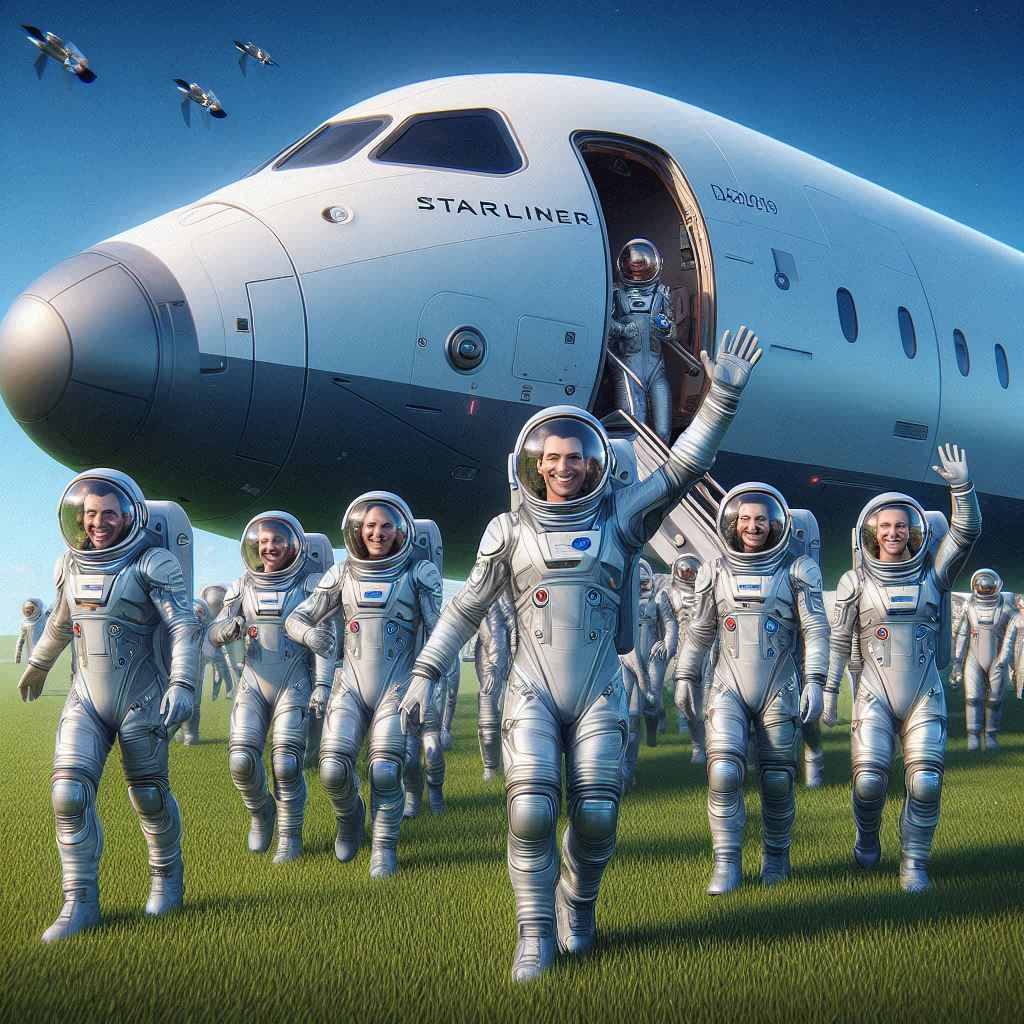
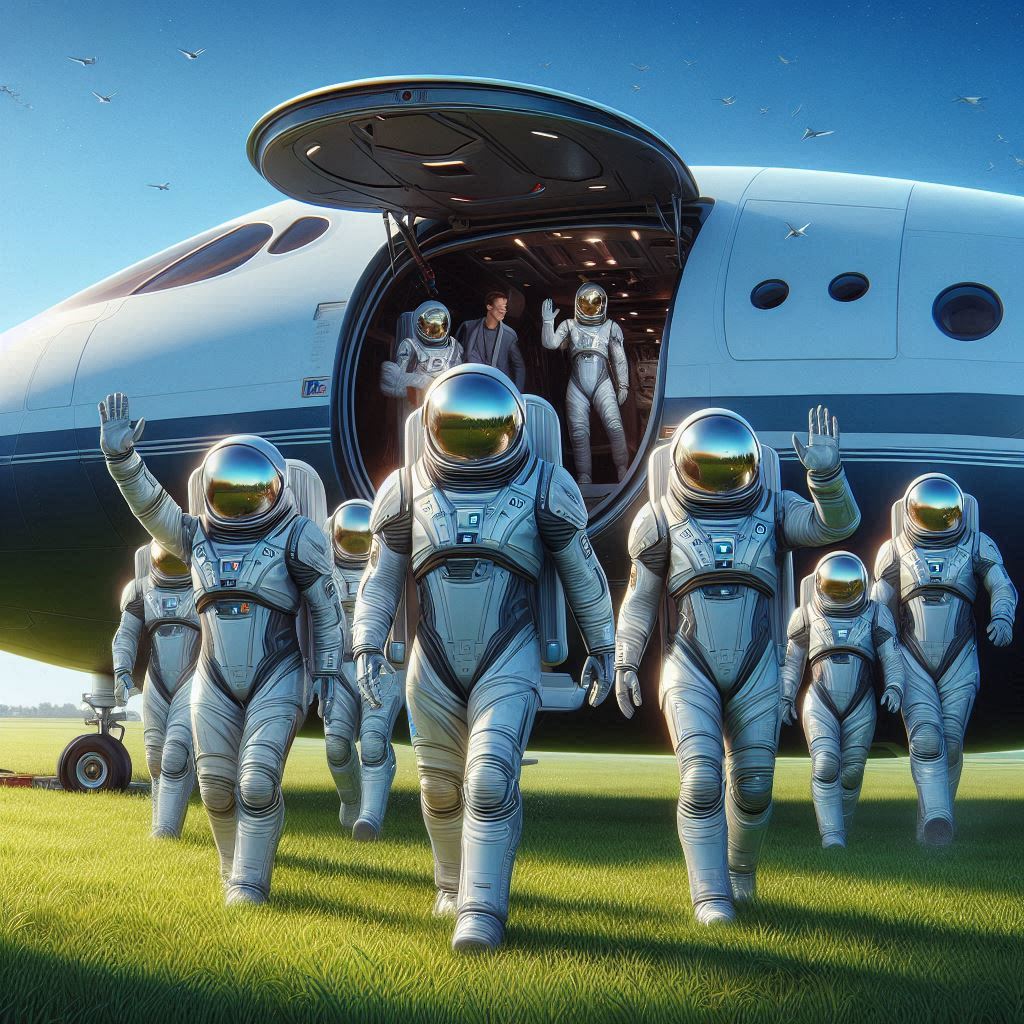
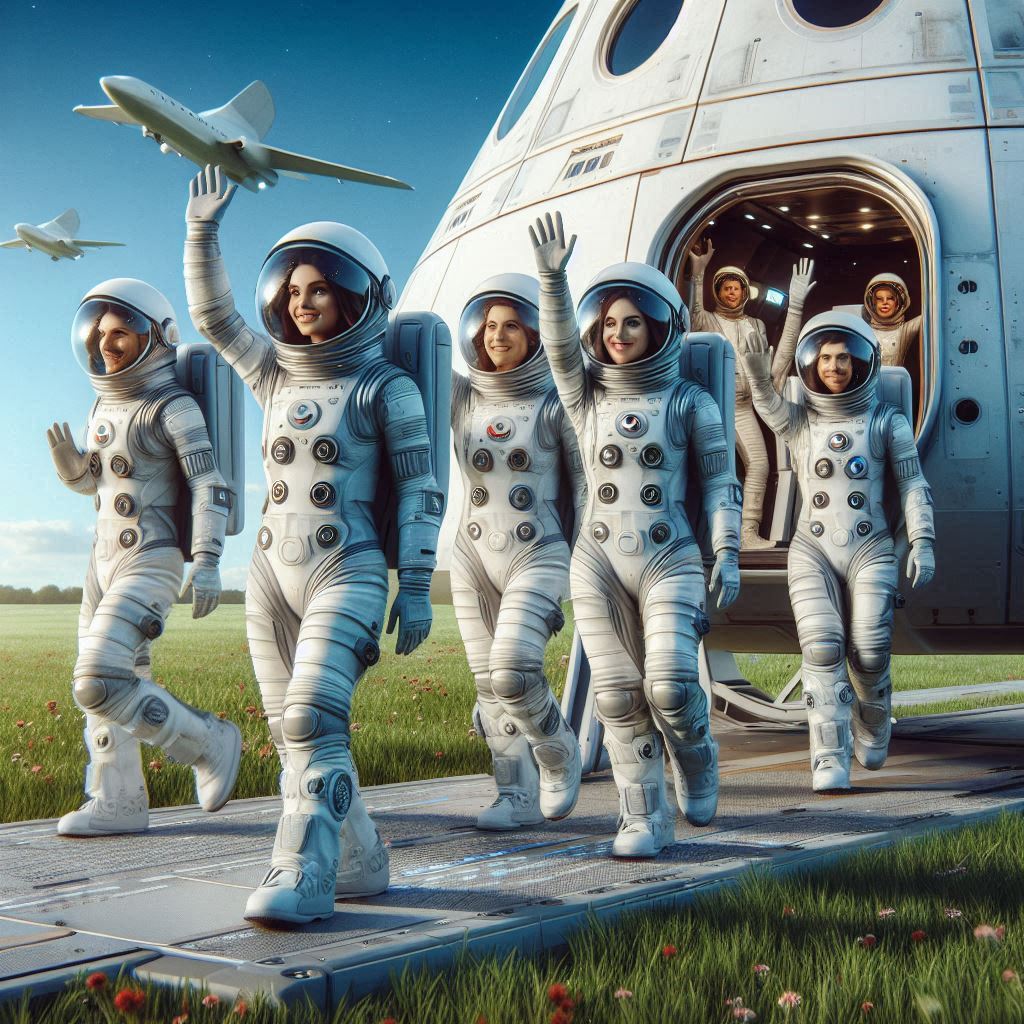
Differences Between Boeing’s Starliner and SpaceX’s Crew Dragon
Both Boeing’s Starliner and SpaceX’s Crew Dragon are designed to transport astronauts to and from the International Space Station (ISS), but they have several key differences:
1. Design and Capacity
- Starliner: Can carry up to seven astronauts but is typically configured for four on NASA missions. It has a reusable design intended for up to ten missions.
- Crew Dragon: Also designed to carry up to seven astronauts, but usually carries four for NASA missions. It features a sleek, modern interior with touchscreen controls.
2. Launch Vehicles
- Starliner: Launched atop an Atlas V rocket, which is not reusable.
- Crew Dragon: Launched on a Falcon 9 rocket, which is partially reusable, helping to reduce costs.
3. Landing Method
- Starliner: Designed for land-based landings using parachutes and airbags to cushion the impact.
- Crew Dragon: Lands in the ocean with the help of parachutes, where it is recovered by a ship.
4. Autonomous Capabilities
- Starliner: Equipped with autonomous docking and landing capabilities, but can also be manually controlled by astronauts if needed.
- Crew Dragon: Fully autonomous but can be monitored and controlled by both onboard astronauts and SpaceX mission control.
5. Safety Systems
- Starliner: Features a launch abort system integrated into the service module, designed to quickly propel the spacecraft away from the rocket in case of an emergency.
- Crew Dragon: Equipped with eight SuperDraco engines for its launch abort system, providing a powerful escape mechanism during emergencies.
6. Cost and Contracts
- Starliner: NASA awarded Boeing a higher-value contract ($4.3 billion) compared to SpaceX ($2.5 billion). The estimated cost per seat on Starliner is higher, around $90 million.
- Crew Dragon: The estimated cost per seat is about $55 million, making it a more cost-effective option.
7. Mission History
- Starliner: Has faced several technical challenges and delays, including issues with its propulsion system and software.
- Crew Dragon: Has successfully completed multiple crewed missions to the ISS since its first crewed flight in 2020.
These differences highlight the unique approaches and capabilities of each spacecraft, providing NASA with valuable options for crewed space missions.
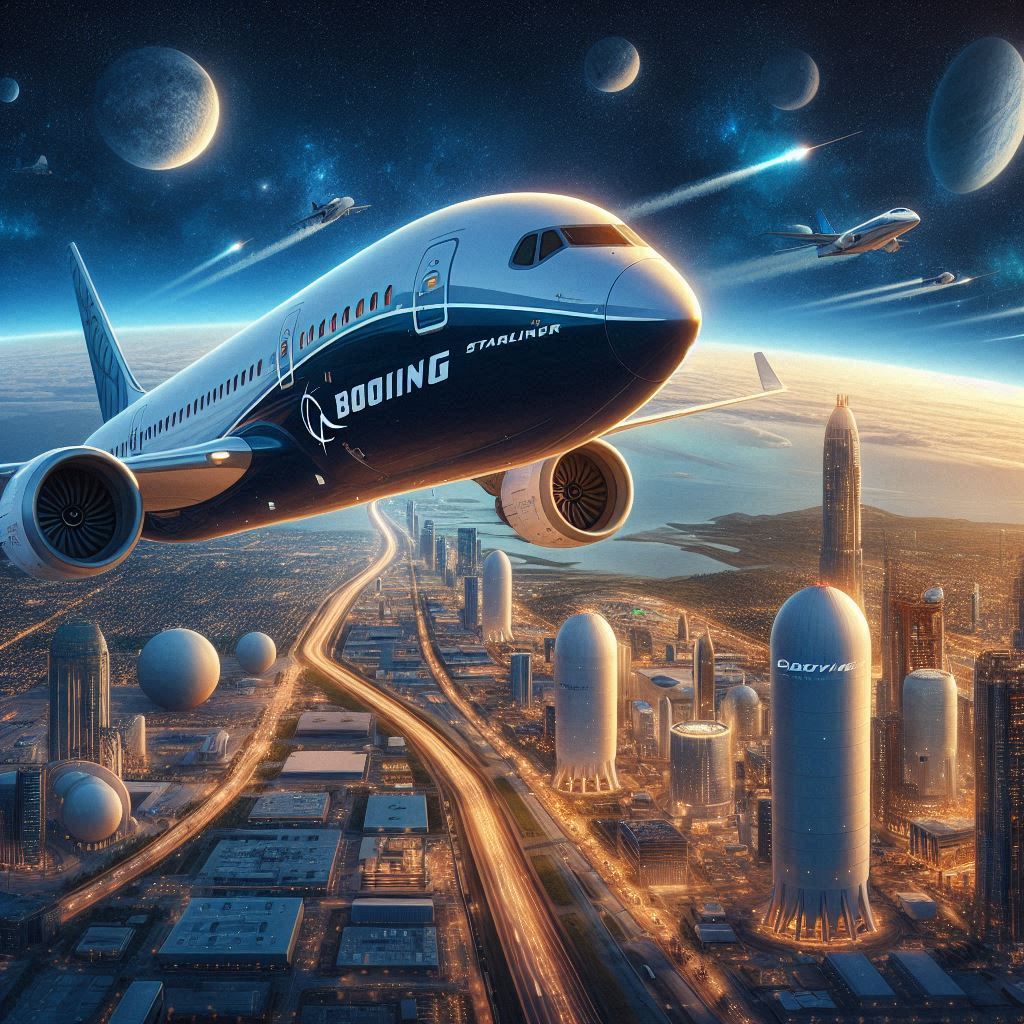
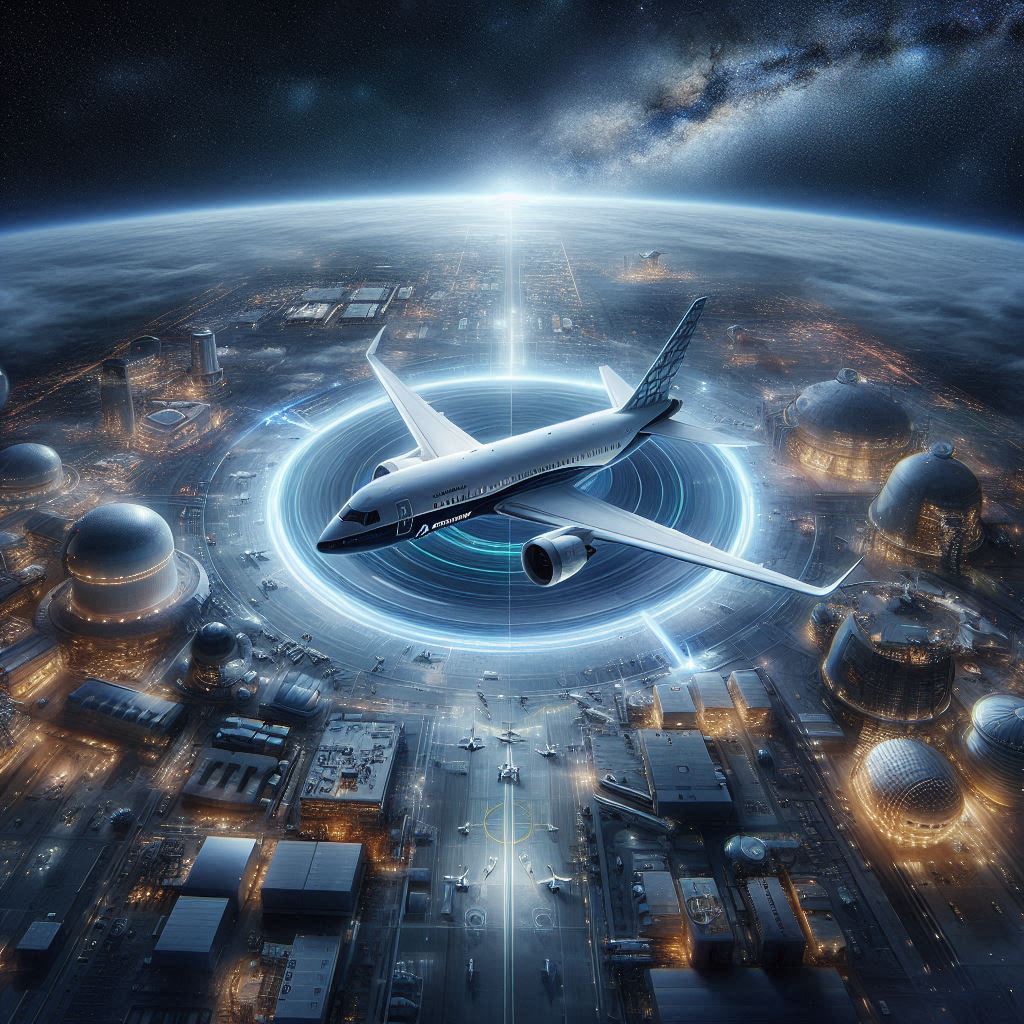
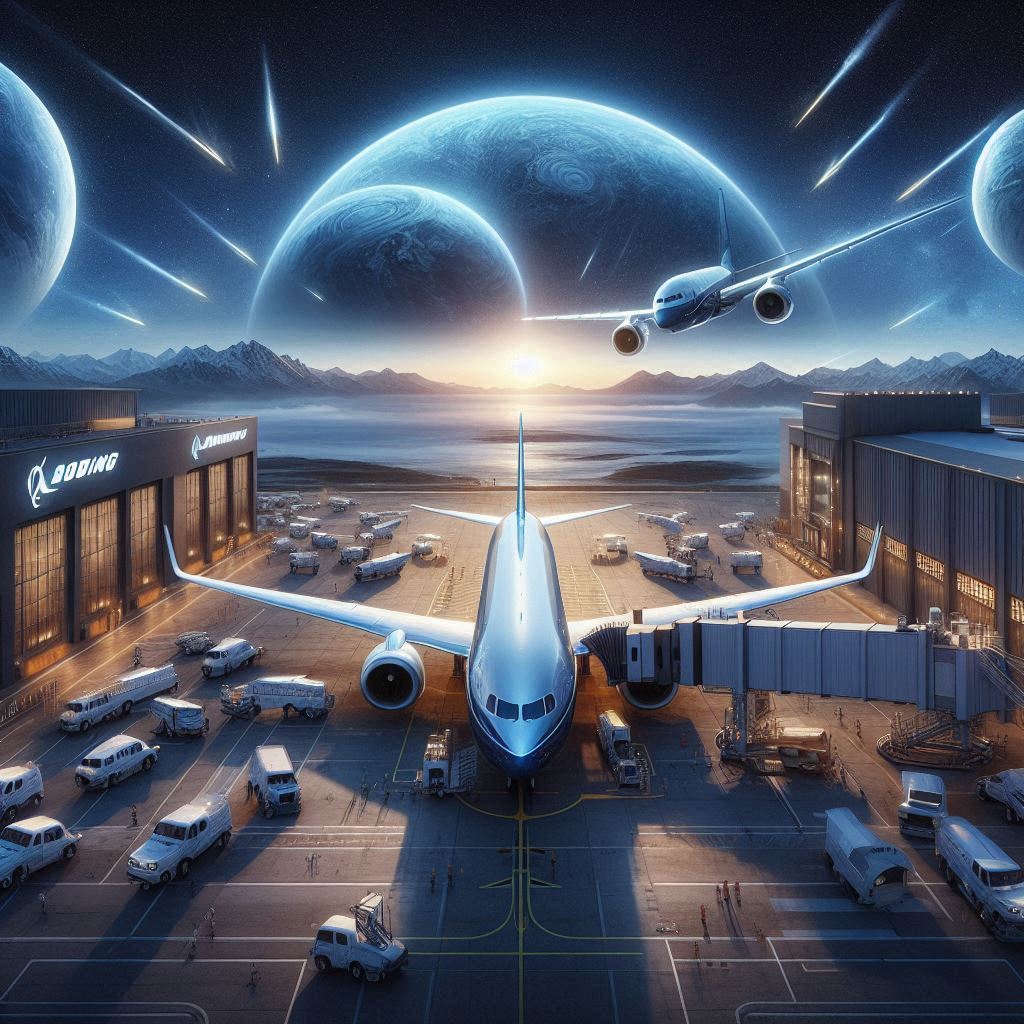
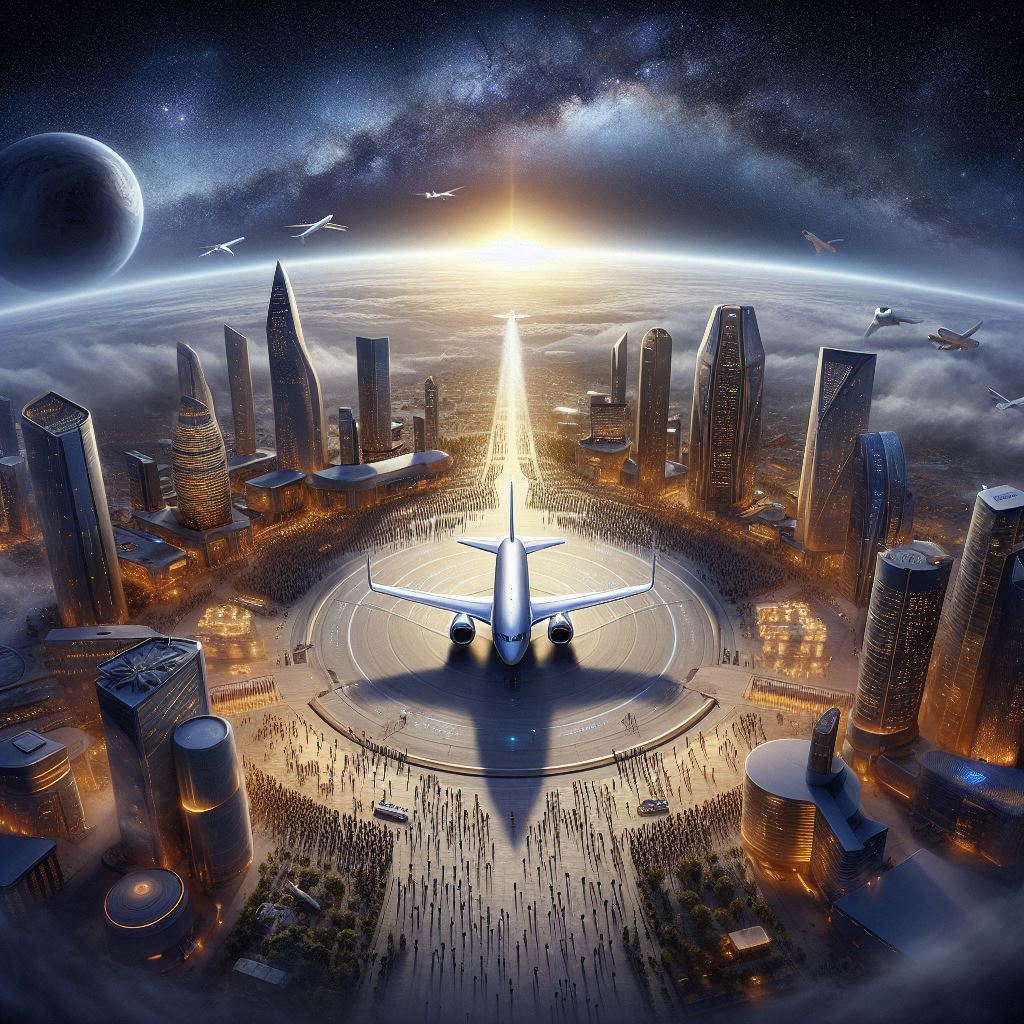
Land-based landing offers several advantages for Boeing’s Starliner spacecraft:
1. Ease of Recovery
- Accessibility: Land-based landings make it easier to access and recover the spacecraft and crew. Recovery teams can quickly reach the landing site, reducing the time astronauts spend waiting after landing.
- Predictable Locations: Starliner can land at pre-designated sites, ensuring a controlled and predictable recovery process.
2. Reduced Costs
- Lower Recovery Costs: Land-based recovery operations are generally less expensive than ocean recoveries, which require ships and specialized equipment.
- Reusability: The spacecraft’s reusable design benefits from land-based landings, as it reduces wear and tear compared to ocean landings, potentially lowering refurbishment costs.
3. Safety and Comfort
- Gentler Landing: The use of parachutes and airbags helps cushion the landing, providing a gentler touchdown for the crew compared to the impact of landing in water.
- Immediate Medical Attention: Astronauts can receive immediate medical attention if needed, as recovery teams can quickly reach the landing site.
4. Environmental Considerations
- Minimized Environmental Impact: Land-based landings avoid potential environmental impacts on marine life and ecosystems that can occur with ocean recoveries.
5. Operational Flexibility
- Multiple Landing Sites: Starliner can land at various designated sites, providing flexibility in mission planning and accommodating different mission profiles.
These advantages make land-based landings a practical and efficient choice for the Starliner, enhancing the overall mission success and safety for the crew.
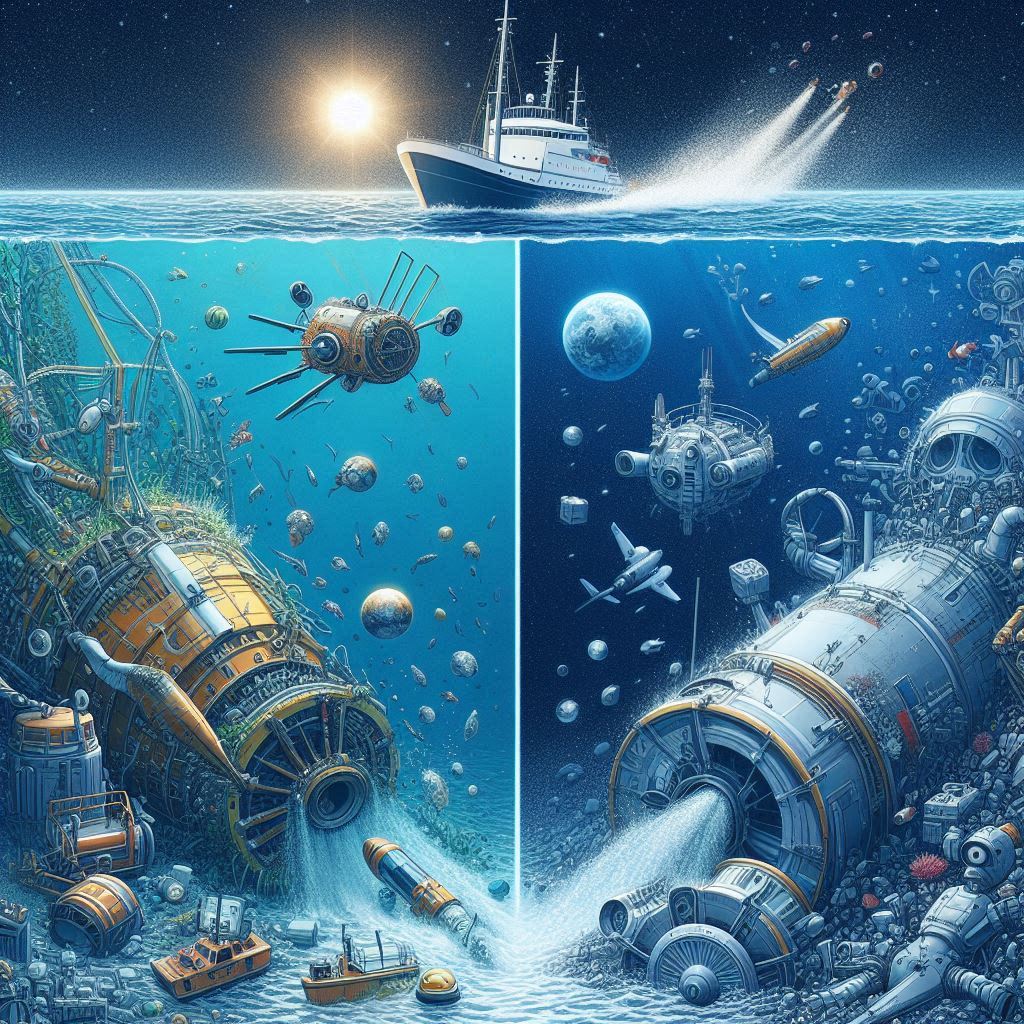
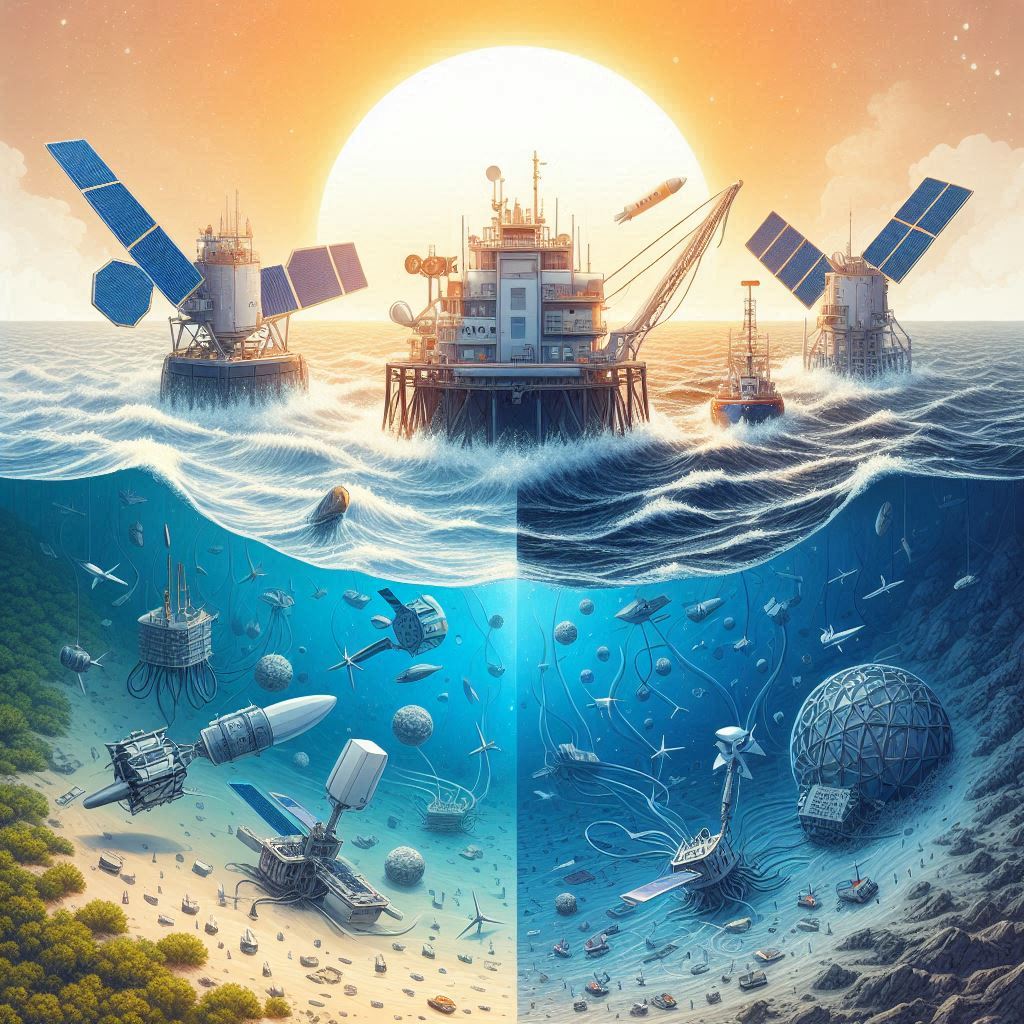
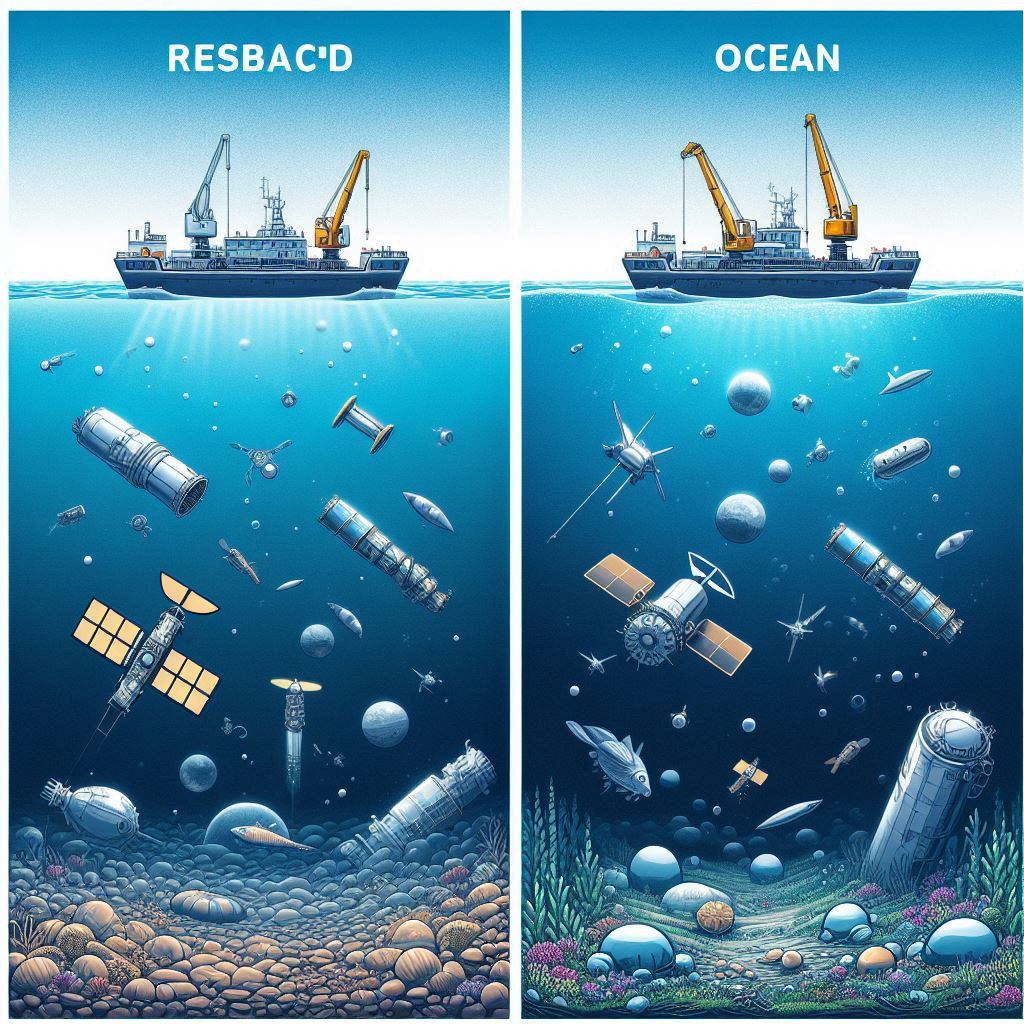

Interior Layout Comparison: Crew Dragon vs. Starliner
SpaceX’s Crew Dragon
- Design: The interior of Crew Dragon features a sleek, modern design with a black-and-white color scheme. It looks like something out of a science fiction movie.
- Seating: The capsule can accommodate up to seven astronauts, though it typically carries four for NASA missions. The seats are made from carbon fiber and Alcantara cloth, providing comfort and durability.
- Controls: Crew Dragon uses touchscreen controls, which are intuitive and reduce the number of physical switches and buttons.
- Life Support: Advanced life support systems ensure a habitable environment, including temperature and humidity control.
- Space: The capsule has a 328-cubic-foot pressurized volume, offering ample space for the crew.
Boeing’s Starliner
- Design: Starliner’s interior is designed for functionality and comfort, with a slightly wider diameter than Crew Dragon.
- Seating: Like Crew Dragon, Starliner can carry up to seven astronauts but is typically configured for four on NASA missions. The seats are designed for comfort during long-duration missions.
- Controls: Starliner uses tablet-based controls, which provide a balance between modern touch interfaces and traditional physical controls.
- Life Support: Robust life support systems maintain a comfortable environment for the crew, similar to Crew Dragon.
- Space: The capsule has a 15-foot diameter, providing a spacious interior for the crew.
Visual Comparison
Here’s a visual comparison to help illustrate the differences:
!Interior Layout Comparison
This comparison highlights the unique design philosophies and features of each spacecraft, providing NASA with versatile options for crewed missions.
